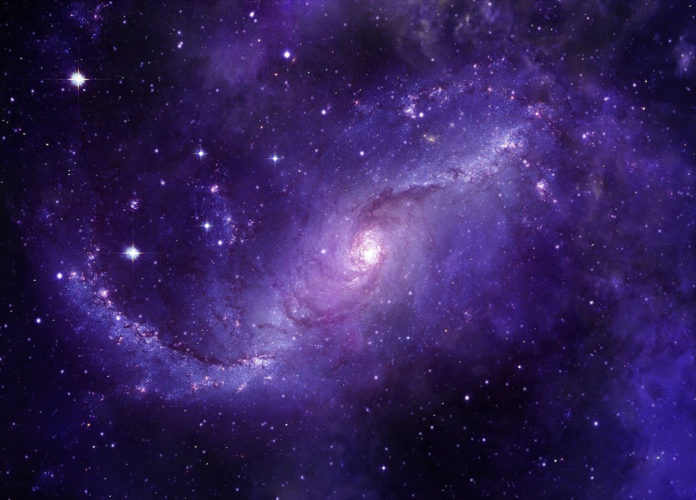Stellar ejecta gradually enriches the gas out of which subsequent stars form. This creates the least chemically enhanced stellar systems direct fossils of structures formed in the early Universe.
An international team of scientists from the University of Groningen discovered the remnants of a star cluster whose stars share a uniquely low fraction of heavy elements. As successive ages of stars enrich the medium with heavy elements, this cluster has probably been shaped from the early ages of stars. It gives a fantastic relic from when the first stellar structure was assembled.
It was not known that star clusters with such pristine stars existed. A few theories could not form at all, whereas other theories suggest that they would have all vanished.
Studying the first stellar structures in the Universe requires astronomers to study most distant galaxies. Interestingly, one can study the oldest structures in Milky Way in great detail, thanks to an approach called Galactic Archeology.
Some of the Milky Way’s stars are found in its outskirts. These stars are believed to be brought from smaller galaxies that gave their stars and stellar clusters to the Galaxy.
In this new study, scientists found that the newly discovered cluster is brought in through such a process. The stars in the cluster travel around the Galaxy due to tides, leaving a “stream” of stars in the sky.
Else Starkenburg from the University of Groningen, a co-author of the study, said, “This exciting discovery illustrates the power of bringing together astronomers from across the world to share their enthusiasm and expertise. Our international team unveiled the remarkable stellar cluster structure thanks to the combination of data from the Gaia spacecraft combined with observations from multiple ground-based telescopes.”
Scientists explored the unprecedentedly detailed map of the location and movement of stars gathered by the Gaia spacecraft. They used an algorithm to isolate the rare groupings of stars moving in concert.
One of the structures discovered in this way is a new candidate stellar stream that the team called “C-19”. In parallel, the Pristine survey, conducted at the Canada-France-Hawaii Telescope in Hawaii, mapped the sky to systematically measure the fraction of heavy elements in millions of stars. When combined, these two studies revealed the surprising news that C-19 contains stars with an extremely low rich element fraction.
Observations made by Gemini North Telescope in Hawaii and Gran Telescopio Canarias in La Palma revealed a more detailed picture of the heavy elements within these stars. The observations confirmed the stellar cluster nature of the disrupted object. They also found exceptionally low levels of heavy elements present in its stars: as low as 0.04% of that observed in our Sun and well below any other known structure in the Universe.
Nicolas Martin, the lead author on the study from Strasbourg Observatory in France, said, “This remnant from ancient times opens a direct and unique window into the early epochs of star formation in the Universe and the build-up of stellar structures in these very early times. Our continuously improving maps of the Milky Way from the Gaia mission and the Pristine survey will help improve the discovery of such exceptional grouping of stars as precious fossils from ancient times.”
Journal Reference:
- Martin, N.F., Venn, K.A., Aguado, D.S., et al. A stellar stream remnant of a globular cluster below the metallicity floor. Nature 601, 45–48 (2022). DOI: 10.1038/s41586-021-04162-2
